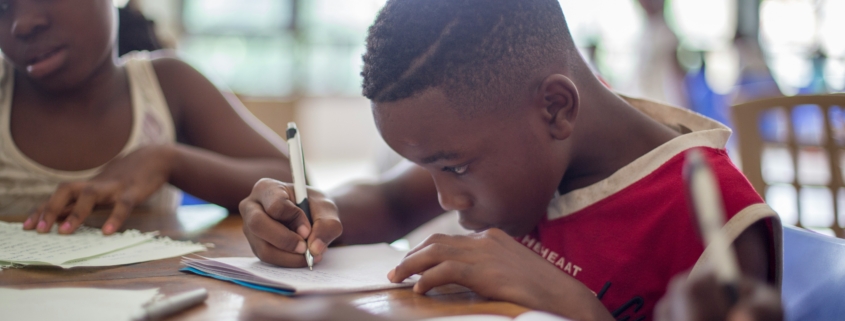Tools to Implement to Reduce Stress Within Kids
Last month we discussed how to look out for stress and anxiety in your children. This month, we want to discuss the tools to implement at home to help reduce the stress load!
First, we discuss mental health.
First things first, it’s important to begin by having open dialogue with your children about mental health. Both yours and theirs.
Children, teens and young adults need to understand that mental health is just as important as physical health. Start small by sharing that it’s healthy to talk about your mental wellbeing. When you work your way up, they will begin to become more comfortable sharing with you. At first though, you may receive some pushback.
- Remind them that everyone has mental health. Ensure that there are no negative comments about speaking up and emotions and feelings in general. No emotion is “good” and no emotion is “bad”. Every emotion is just an emotion humans feel.
- Some young people don’t want to discuss what they’re going through because of fear that “parents and caregivers won’t understand.” Remind your kids that you were young once. You can even share some of your hard moments to tie you both together.
Implement routines and rhythms.
Everyone works better when we’re on a routine or have rhythms that we do daily. These can be anything from eating together at the table and discussing the day to going for family walks together after dinner. Create intentional family time that provides open space for children to share what they’re going through with you.

If you ask them questions, ask them more direct questions, instead of “how was your day?”. This is too broad of a question and it won’t allow for kids to open up properly. Instead, ask them “What was a high and a low from your school day today?” See how a more direct question may get a better answer out of them!
These routines and rhythms can also be activities that provide your children with happiness, laughter and shared fun. When they’re having fun and in a positive place, they will be more likely to come to you when they’re going through something.
Focus on your own self-care and mental health.
As an adult, your children will look up to you and see what you’re doing. With those eyes watching you, it’s important to focus on your own self-care and mental health. When they see that you are putting it as a priority, it will in turn encourage them to do that as well without you having to lecture them about it.
You can focus on working out, eating healthy, sharing quality time with friends and family, being away from technology, getting outside in nature. Whatever helps you feel good, do that and your children will want to follow in your footsteps.
Show them these tools.
Finally, the two tools that you can share with your children to help reduce stress.
Box breathing
Picture a box and breathe in, count to four. This first breath is the left vertical side of the box. Now, hold your breath, count to four. This hold is the left to right horizontal size of the box. Breath out, count to four. This breath out is the top right to bottom right side of the box. Final breath is holding it for a count of four from the bottom right to the bottom left.
Threes
Look around for 3 objects. Notice them and name them quietly to yourself. Listen for 3 sounds around you. Notice them and name what they are quietly to yourself. Finally, notice 3 body parts that you can move.
Work on gently moving each of them, slowly and carefully. It could be blinking your eyes, wiggling a finger or toes, feeling your ribs and lungs move as you breathe, or moving your head and neck slowly from side to side or in a circle.
These two exercises are great ways to show children resilience, their potential for growth and a focus on strengthening the mind. Practice these two tools together to reassure them and help instill confidence within them.

Reaching for more.
At Navy & Sage Benefits, we believe in discussing mental health with everyone and ensuring that we are all on the path to happier and healthier lives. If you’re looking for even more resources about mental health, check out the other articles on our website.
If you’re interested in how mental health and benefits merge together, give us a call and we can share what mental health services and options are available to add to benefit packages.






